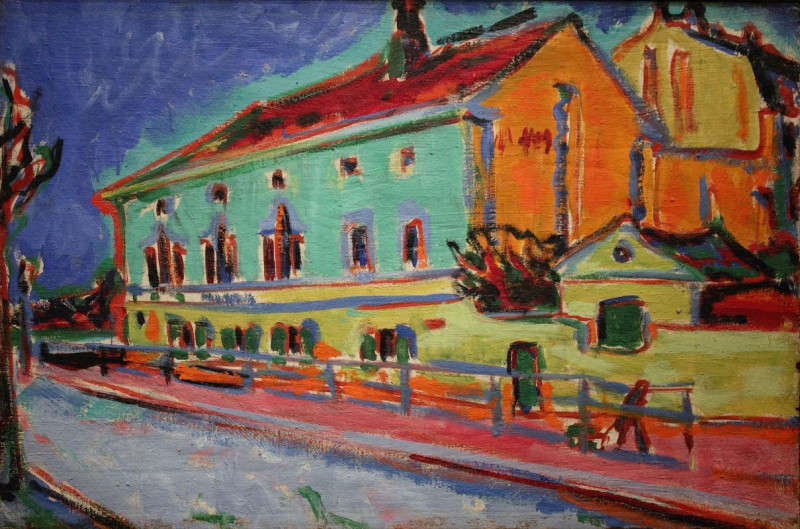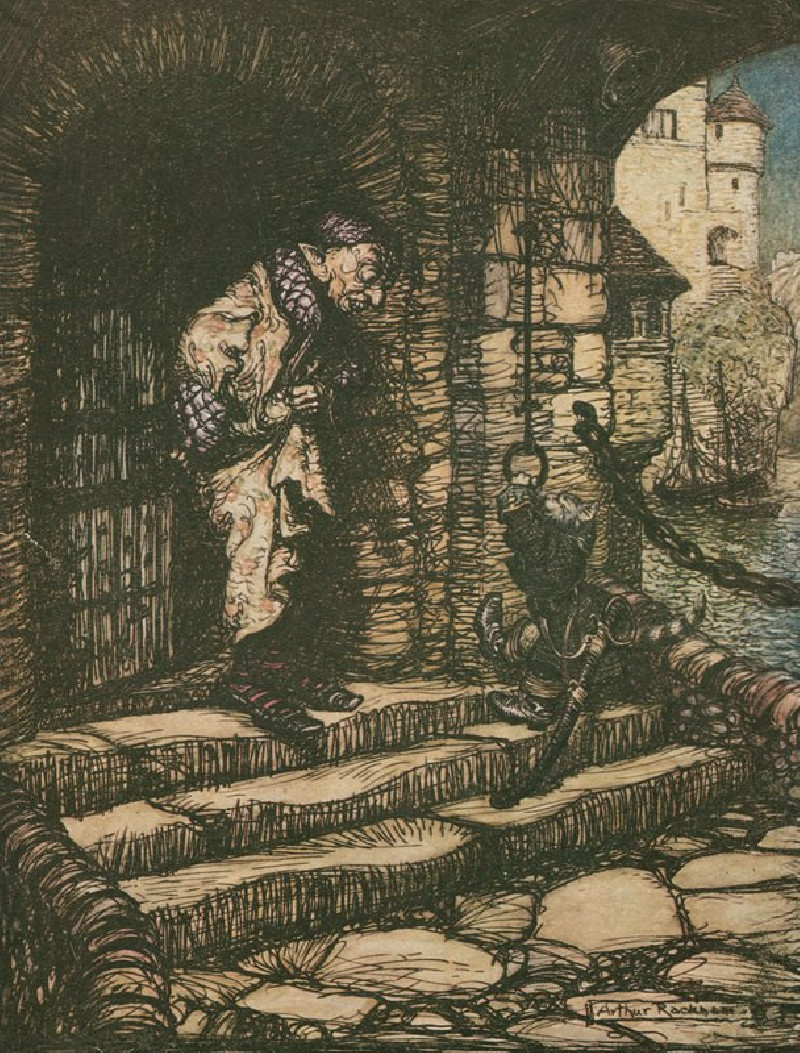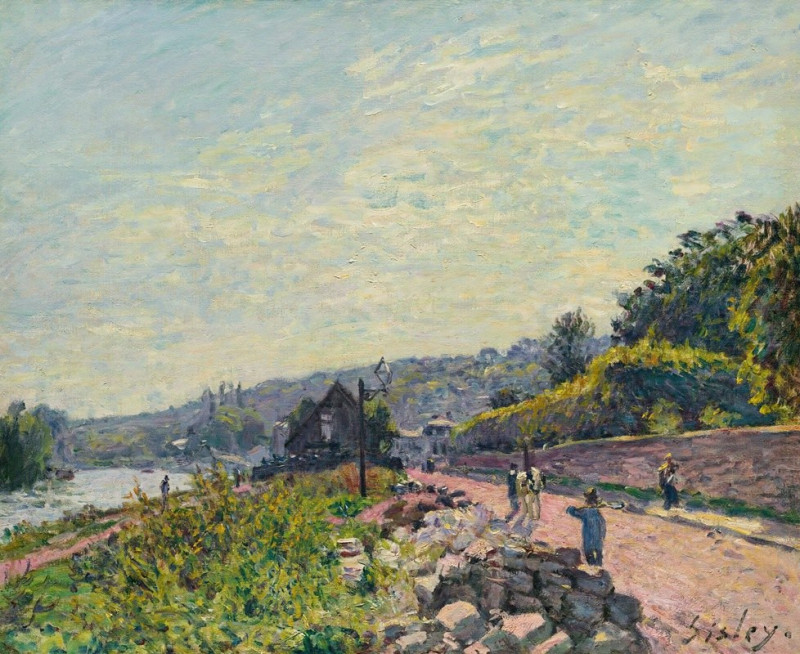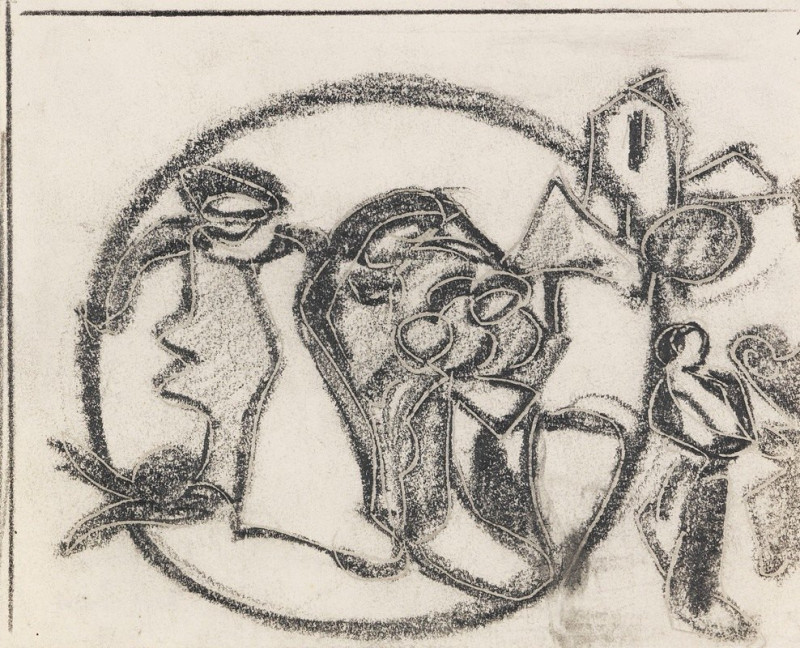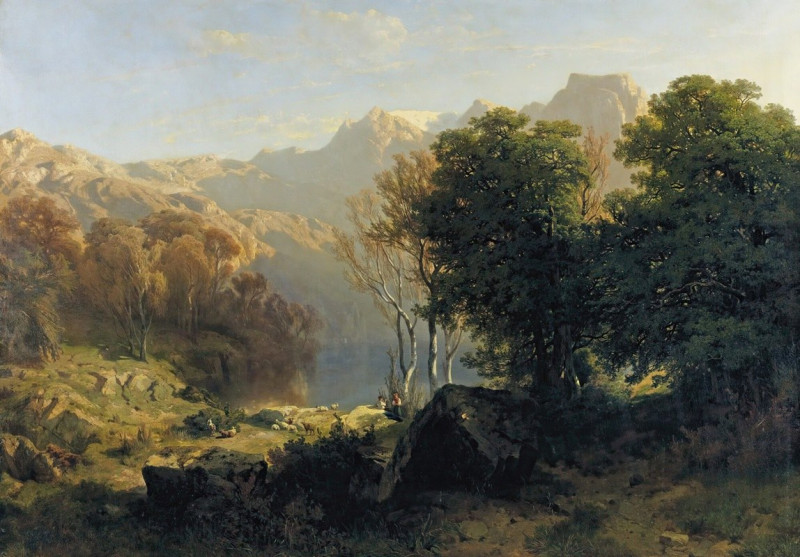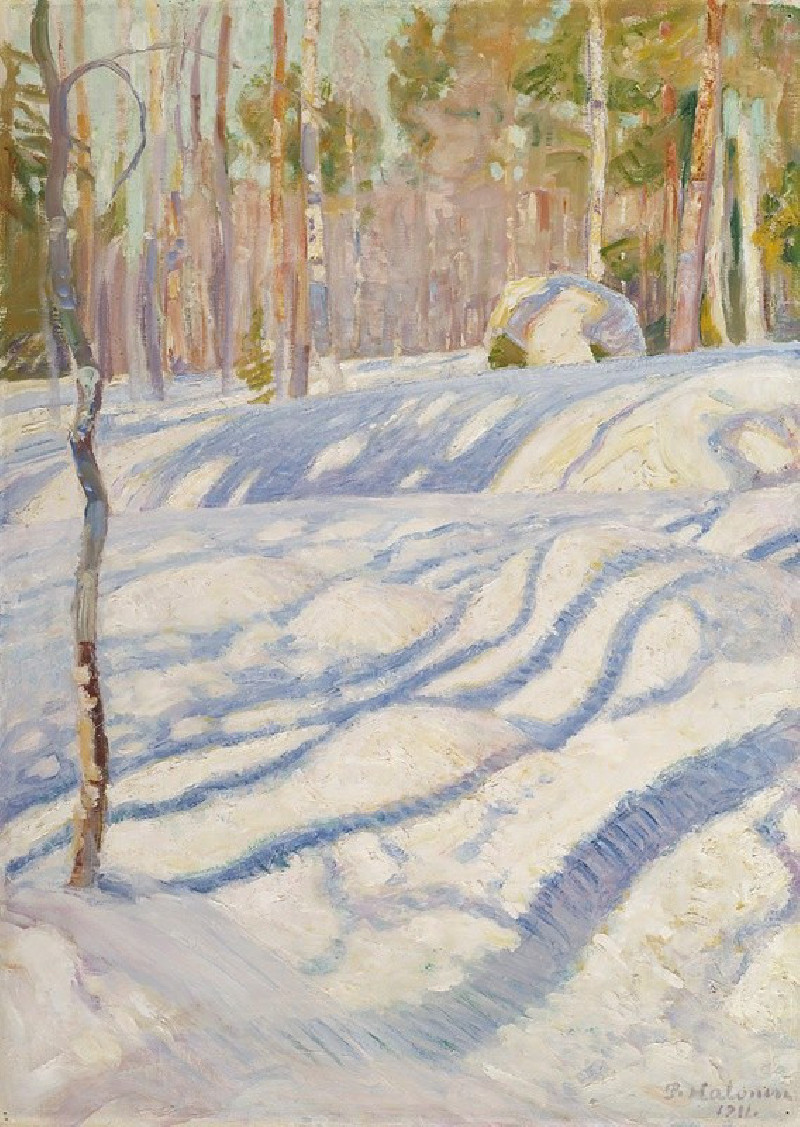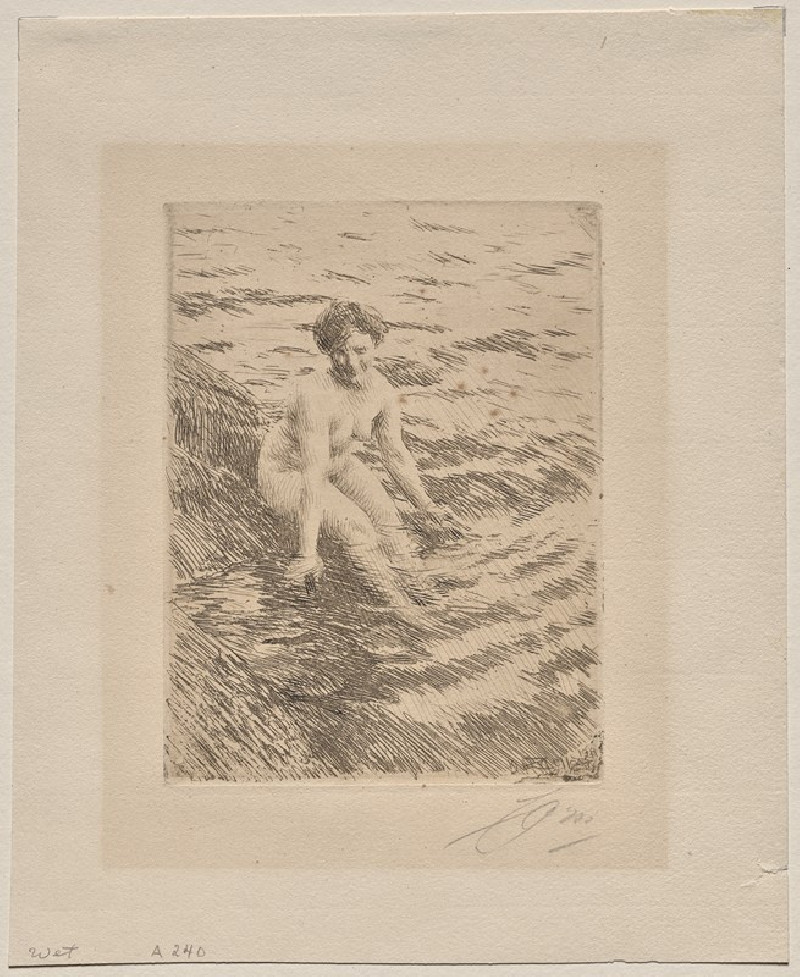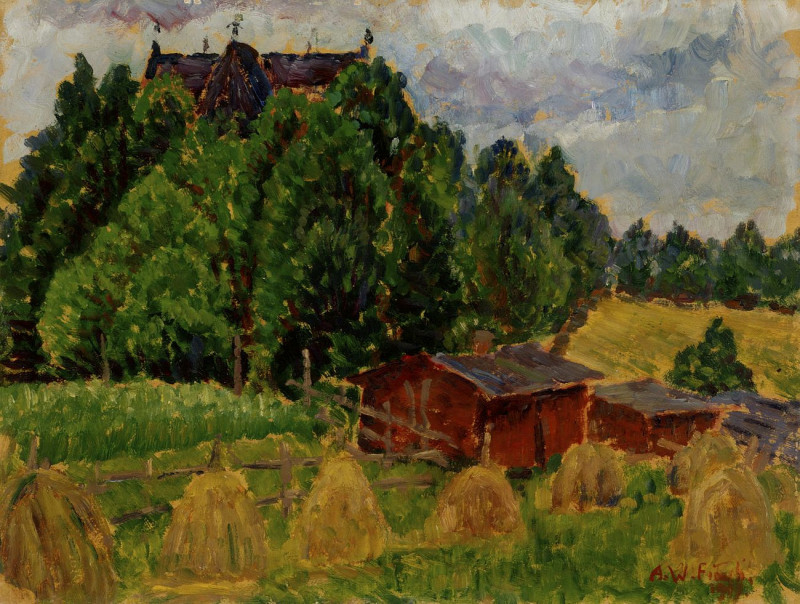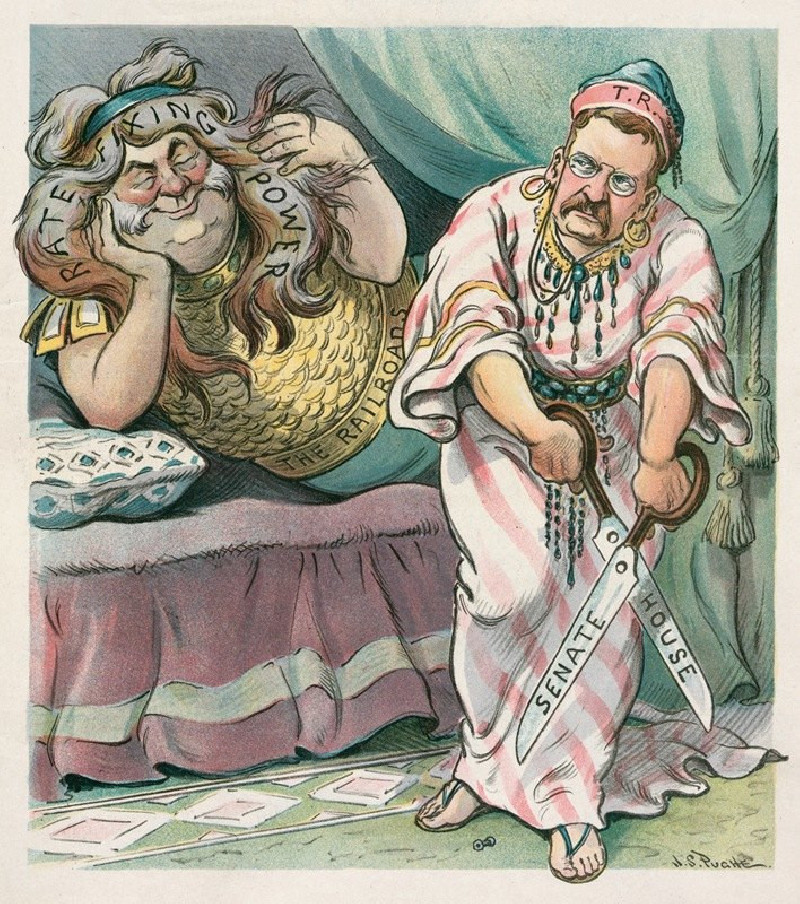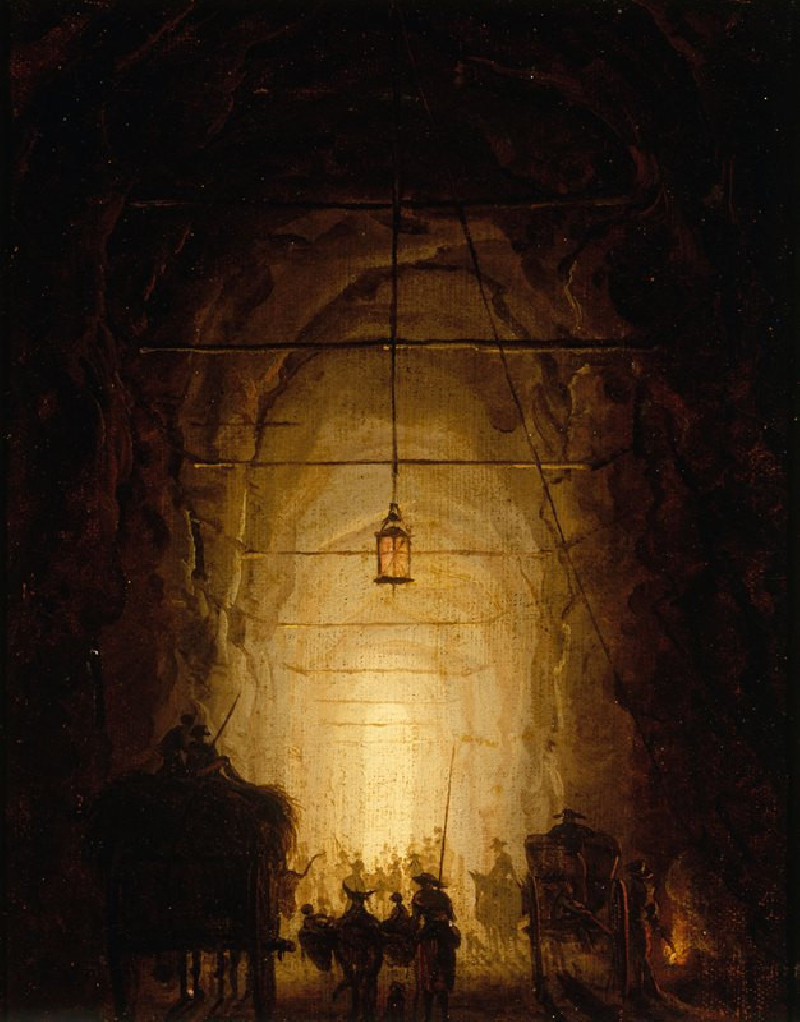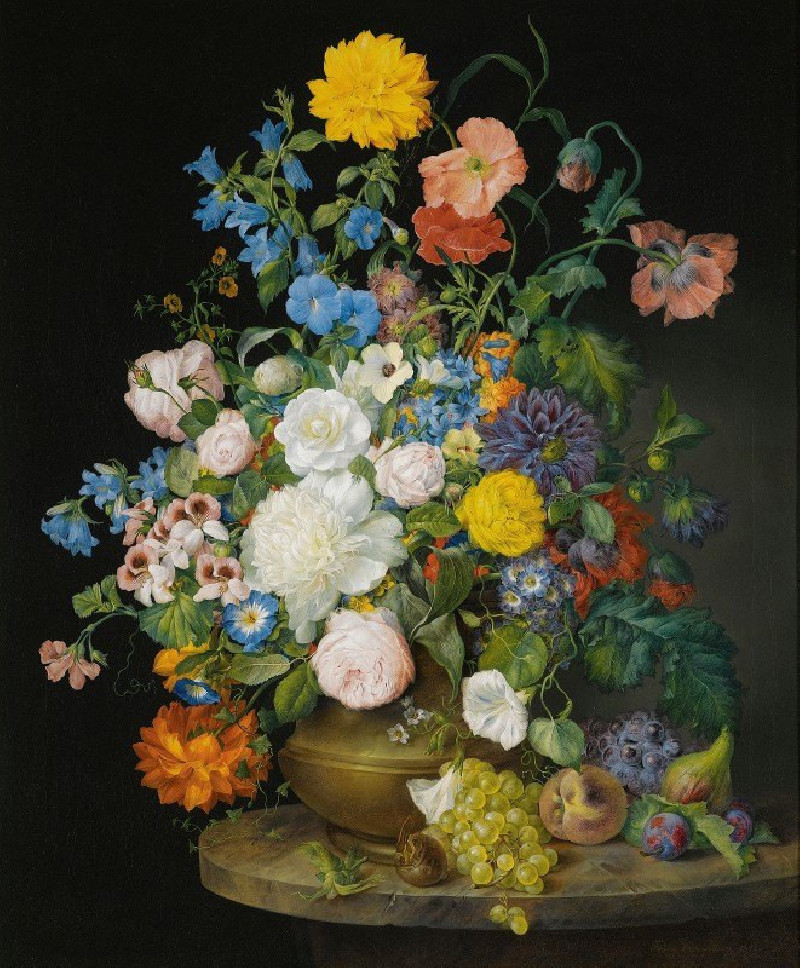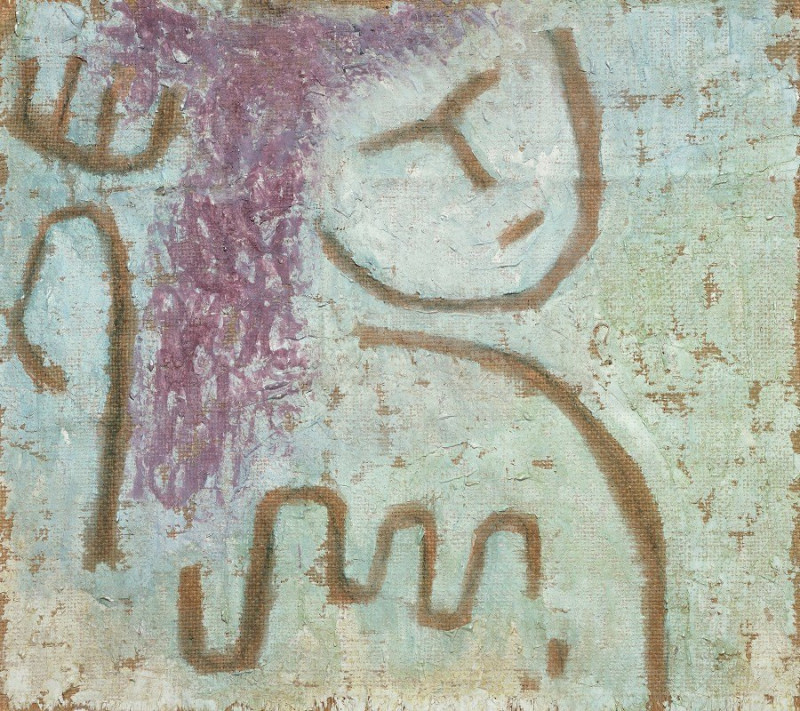Houses in Dresden
Technique: Giclée quality print
Recommended by our customers
More about this artwork
Ernst Ludwig Kirchner's painting "Houses in Dresden" is a vibrant depiction that invites viewers into a semi-abstracted world bursting with color and dynamic brushwork. In this artwork, Kirchner portrays a series of houses, their facades rendered in bold strokes of green, red, and orange. The painting’s perspective creates a sense of immersion into the urban landscape of Dresden, capturing a setting that is at once familiar yet interpreted through the artist's unique expressionist lens.The use of color in this painting is particularly striking. The greens, yellows, and reds are not just representations of the physical world, but emotional cues that guide the viewer's response to the depicted scene. The sky, painted in a deep blue, adds contrast that enhances the vividness of the buildings.Noticeable also are the simplified forms of the architecture and the surrounding environment. The buildings convey solidity and structure, juxtaposed with the fluidity and informal shapes of the natural elements, giving the scene a playful yet harmonious balance. The influence of urban life, as well as the artistic liberation from exacting representation, typical of Kirchner’s work, is evident here.This painting not only showcases Kirchner's prowess in color manipulation and form simplification but also encapsulates a moment in time within Dresden, reflecting the interaction between an urban landscape and artistic perception.
Delivery
Returns
Ernst Ludwig Kirchner (1880–1938) was one of the most important German Expressionist painters. He was a co-founder of Die Brücke, a group of German expressionist artists formed in Dresden in 1905. Die Brücke and Kirchner took inspiration from Vincent Van Gogh and Edvard Munch, as well as African and Oceanic art. They used woodblock printing as a medium to showcase their signature style: flat, unrealistic images with vivid colors. The recurring themes in Kirchner's artworks included exotic cultures, faraway landscapes, self-portraits, dancers and Berlin street life. His paintings and prints effectively portrayed non-European cultures despite the fact that he never traveled outside of Europe.

